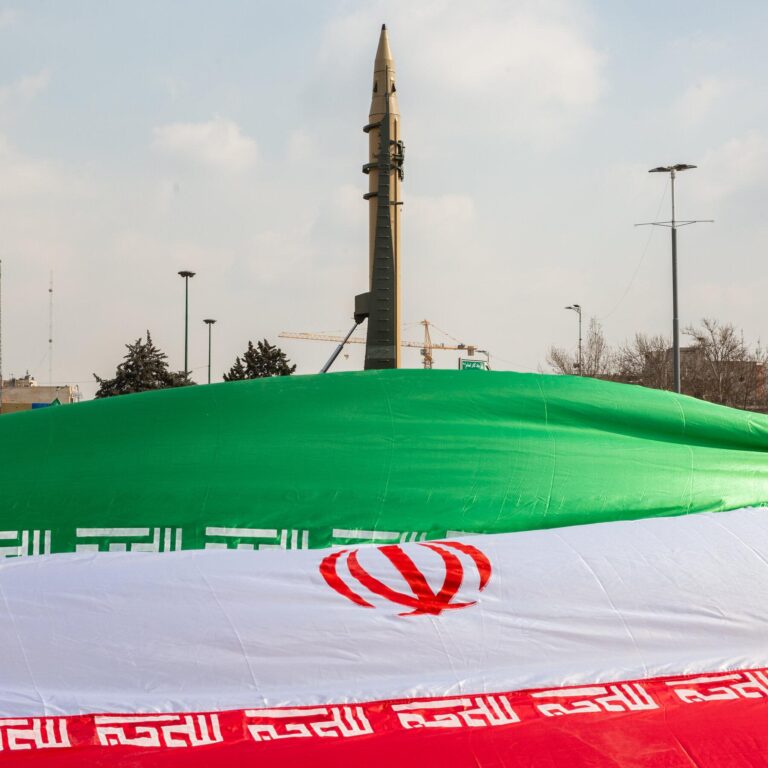Israel has asserted that Iran was rapidly advancing toward the development of a nuclear weapon, raising alarms about the urgency of the threat. However, U.S. intelligence agencies have assessed that Tehran remains several years away from acquiring such a capability, highlighting a significant divergence in evaluations between key allies. This discrepancy underscores the complexities in gauging Iran’s nuclear program amid ongoing geopolitical tensions.
Israel’s Urgent Warnings on Iran’s Nuclear Ambitions Analyzed
Israel’s warnings about Iran’s rapid advancement toward nuclear weapon capability have consistently shaped global security dialogues, emphasizing the urgency with which the Israeli government views the threat. Tel Aviv has underscored tangible intelligence that points to accelerated uranium enrichment efforts and expanding nuclear infrastructure, asserting that Iran is closer than previously estimated to developing a bomb. This narrative has driven calls for tightened sanctions, international diplomatic pressure, and potential pre-emptive actions as Israel seeks to counter what it describes as an existential threat.
Contrasting these alerts, recent assessments from U.S. intelligence agencies suggest that Iran’s nuclear program remains at least several years away from producing a functional weapon. According to the latest data, while Iran has indeed ramped up its nuclear activities, significant technical and scientific challenges remain before weaponization can be achieved. This discrepancy has triggered debate over intelligence interpretation, affecting policy decisions and alliance dynamics. Below is a simplified comparison of the two perspectives:
| Aspect | Israel’s Position | U.S. Intelligence Assessment |
|---|---|---|
| Timeline to Weaponization | Within months to 1 year | Several years away |
| Key Evidence | Increased enrichment levels, expanded facilities | Limited progress toward weapon design |
| Recommended Response | Urgent international action and possible military options | Continued diplomacy and monitoring |
US Intelligence Assessment Highlights Iran’s Extended Timeline
The latest U.S. intelligence appraisal has significantly adjusted the timeline regarding Iran’s nuclear ambitions, suggesting the country is still several years away from developing a functional nuclear weapon. Contrasting with Israeli claims of an imminent threat, American officials emphasize that Tehran’s program, while advancing, continues to face substantial technical hurdles. This more measured assessment impacts international diplomatic strategies and recalibrates the urgency with which the global community addresses nuclear proliferation risks in the Middle East.
Key insights from the intelligence report include:
- Iran’s uranium enrichment activities have increased but remain below weapons-grade levels.
- The country is actively installing advanced centrifuges, yet operational capacity is limited.
- Significant delays remain in weaponization research and integration of nuclear components.
- Continued diplomatic engagement could potentially extend this timeline further and curb progress.
| Assessment Factor | Current Status | Estimated Timeframe |
|---|---|---|
| Uranium Enrichment | Below weapons-grade | 2-3 years |
| Centrifuge Deployment | Increasing but limited | 3-4 years |
| Weaponization Research | Preliminary stage | 4-5 years |
Implications for International Diplomacy and Security Strategies
The discrepancy between Israel’s assertion that Iran was actively racing toward a nuclear weapon and the U.S. intelligence community’s assessment that Tehran remains several years away from achieving such capability presents a profound challenge for international diplomacy. This divergence complicates coordinated responses among allies, introducing an element of mistrust that could hinder unified pressure on Iran. Furthermore, it underscores the necessity for transparent intelligence sharing and calibrated diplomatic engagement to avoid escalating tensions prematurely, which could otherwise lead to unilateral actions with far-reaching repercussions.
Security strategists must now navigate a complex landscape where competing narratives influence policy decisions. The variance in threat perception has significant implications for:
- Allied cooperation: Aligning strategies without compromising national intelligence prerogatives.
- Regional stability: Preventing miscalculations that could trigger conflict in an already volatile Middle East.
- Non-proliferation efforts: Strengthening verification mechanisms while managing diplomatic leverage.
| Factor | Israeli View | U.S. Intel View |
|---|---|---|
| Nuclear Timeline | Immediate threat | Several years away |
| Policy Implication | Urgent action needed | Strategic patience preferred |
| Risk Level | High | Moderate |
These contrasting perspectives necessitate a nuanced approach that balances vigilance with diplomacy, ensuring global security interests are safeguarded without exacerbating regional friction.
Recommendations for Coordinated Global Response and Monitoring
In light of conflicting assessments between Israel and US intelligence regarding Iran’s nuclear timeline, the necessity for a unified and transparent international strategy has never been more critical. Collaborative intelligence sharing among global powers is paramount to avoid misinformation and to construct a factual basis for policy decisions. Establishing a joint surveillance framework that includes satellite monitoring, on-ground inspections, and cyber intelligence could drastically improve the accuracy of threat evaluations. This approach would also help bridge gaps in trust and encourage diplomatic engagement rather than unilateral escalation.
To effectively curtail nuclear proliferation risks, it’s crucial that international organizations and affected states adopt several coordinated measures:
- Standardized verification protocols: Implement globally consistent inspection routines verified by independent bodies.
- Real-time data transparency: Facilitate open access to non-sensitive intelligence to build mutual confidence.
- Enhanced diplomatic channels: Promote continuous dialogue rather than reactive rhetoric to mitigate misunderstandings.
| Action | Benefit | Lead Institution |
|---|---|---|
| Joint Satellite Monitoring | Improved verification coverage | IAEA & UN |
| Shared Cyber Intelligence | Early detection of illicit activities | Five Eyes Alliance |
| Regular Multilateral Summits | Enhanced diplomatic coordination | UN Security Council |
Final Thoughts
As tensions continue to mount in the Middle East, the divergence between Israeli and U.S. assessments of Iran’s nuclear timeline underscores the complexity of intelligence evaluations and geopolitical stakes. While Israel warns of an imminent threat, U.S. officials maintain that Tehran remains several years away from acquiring a nuclear weapon. This discrepancy highlights the challenges facing diplomacy and security efforts aimed at preventing nuclear proliferation in the region. As developments unfold, the international community will be closely watching how these competing narratives influence policy decisions and diplomatic engagements moving forward.




